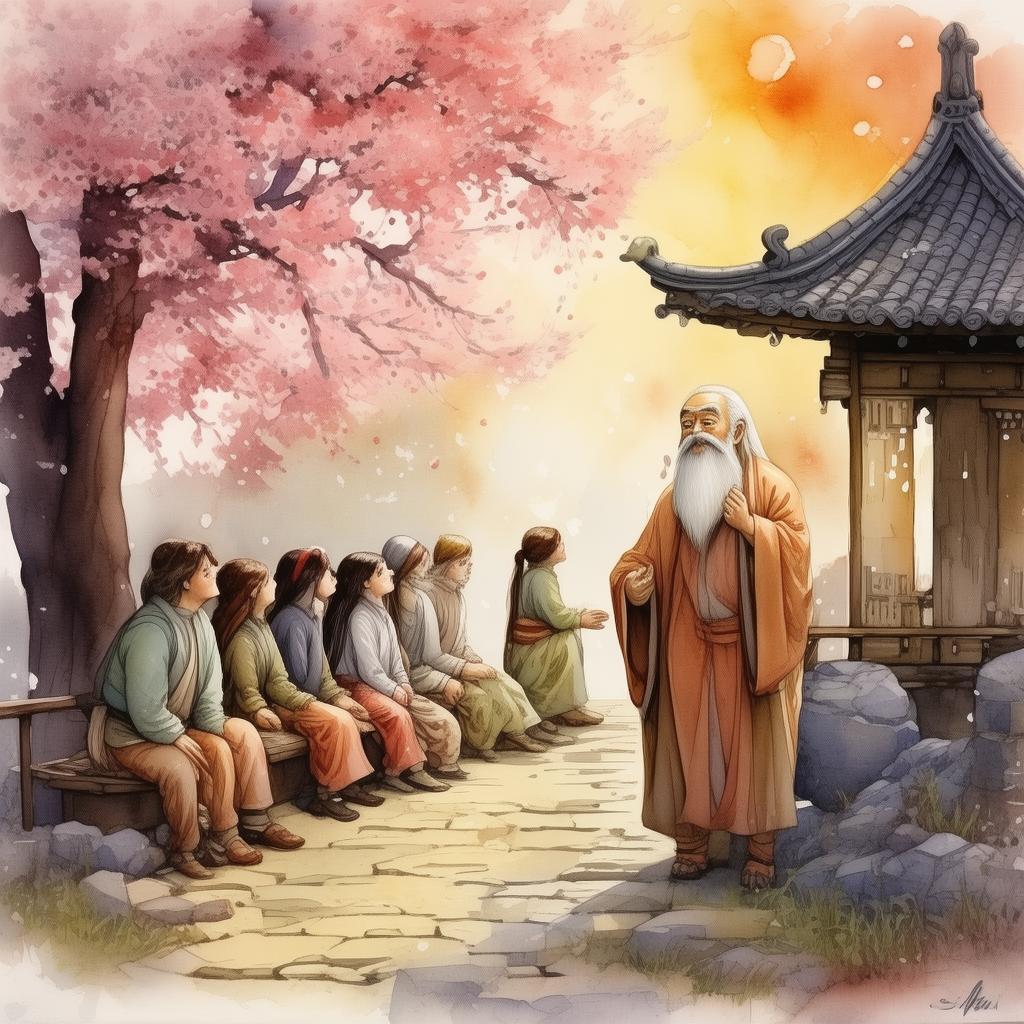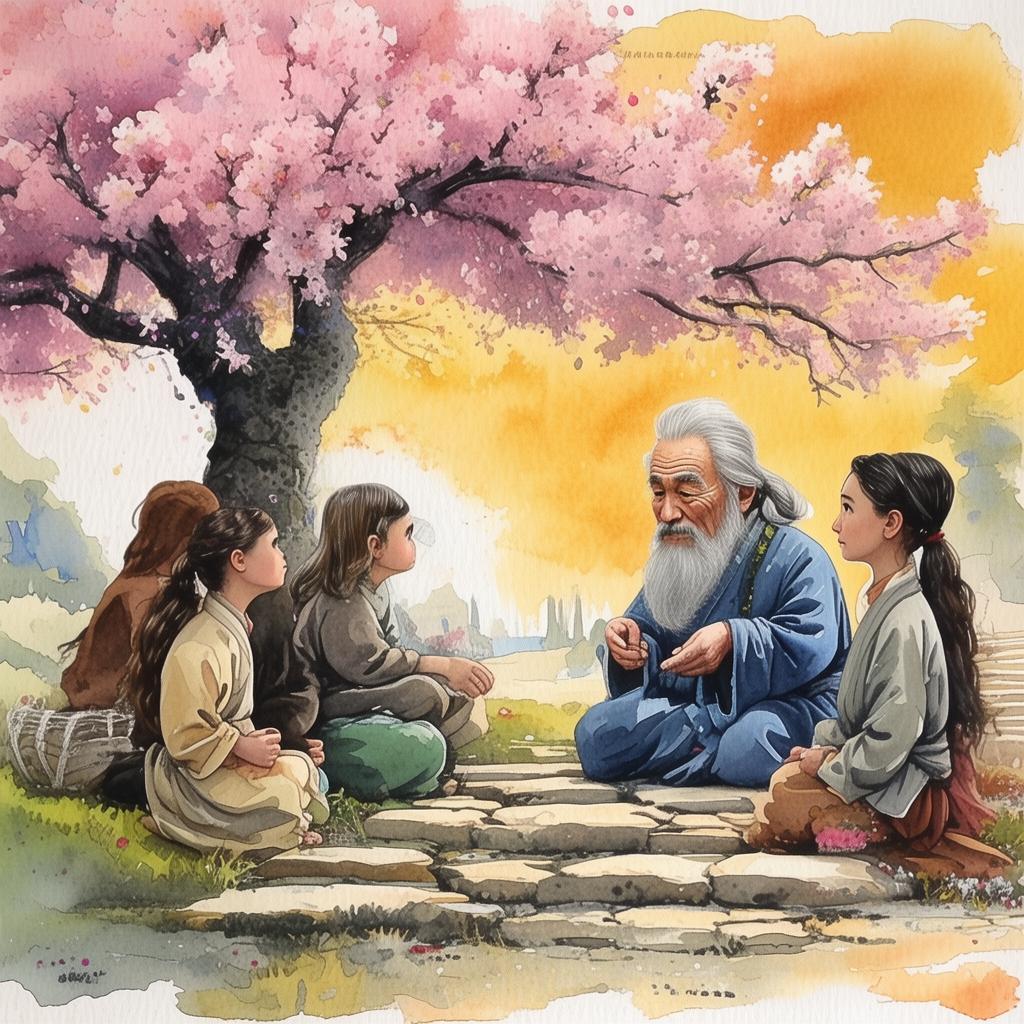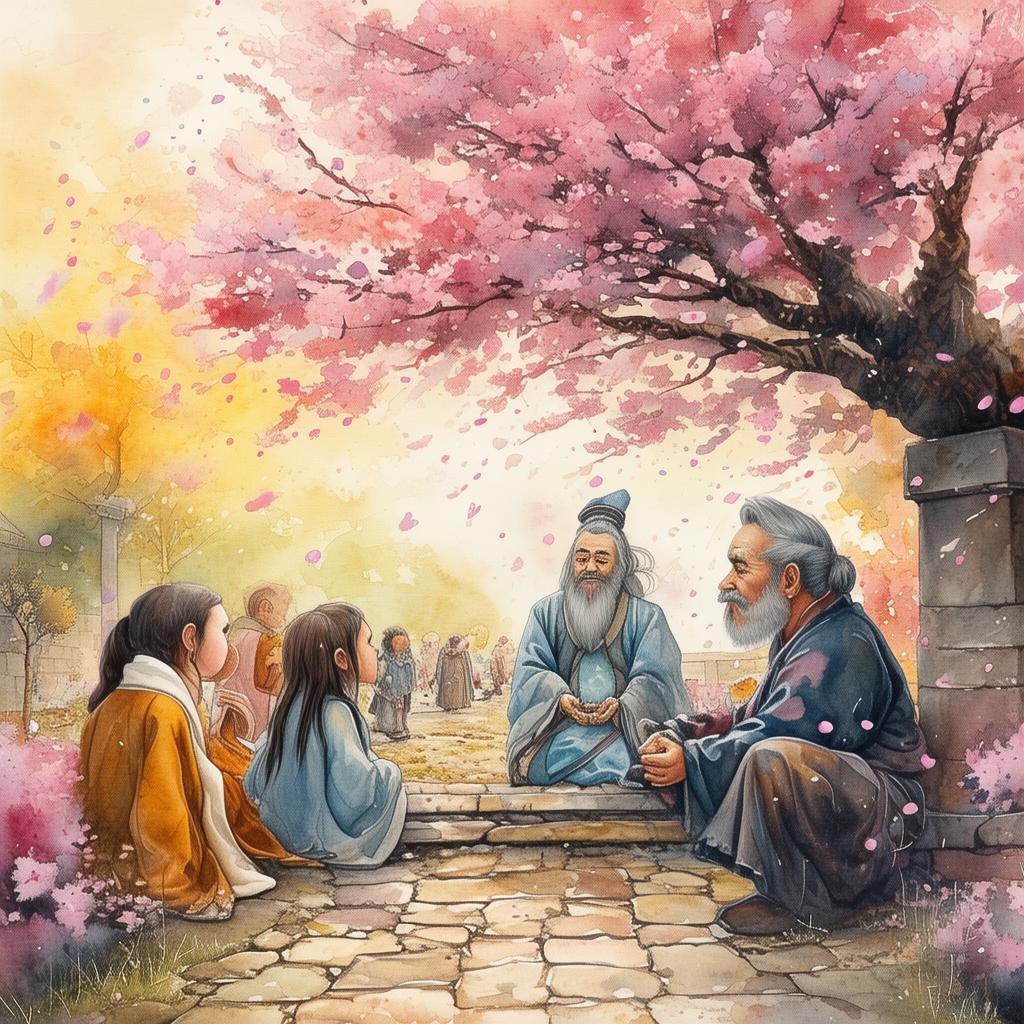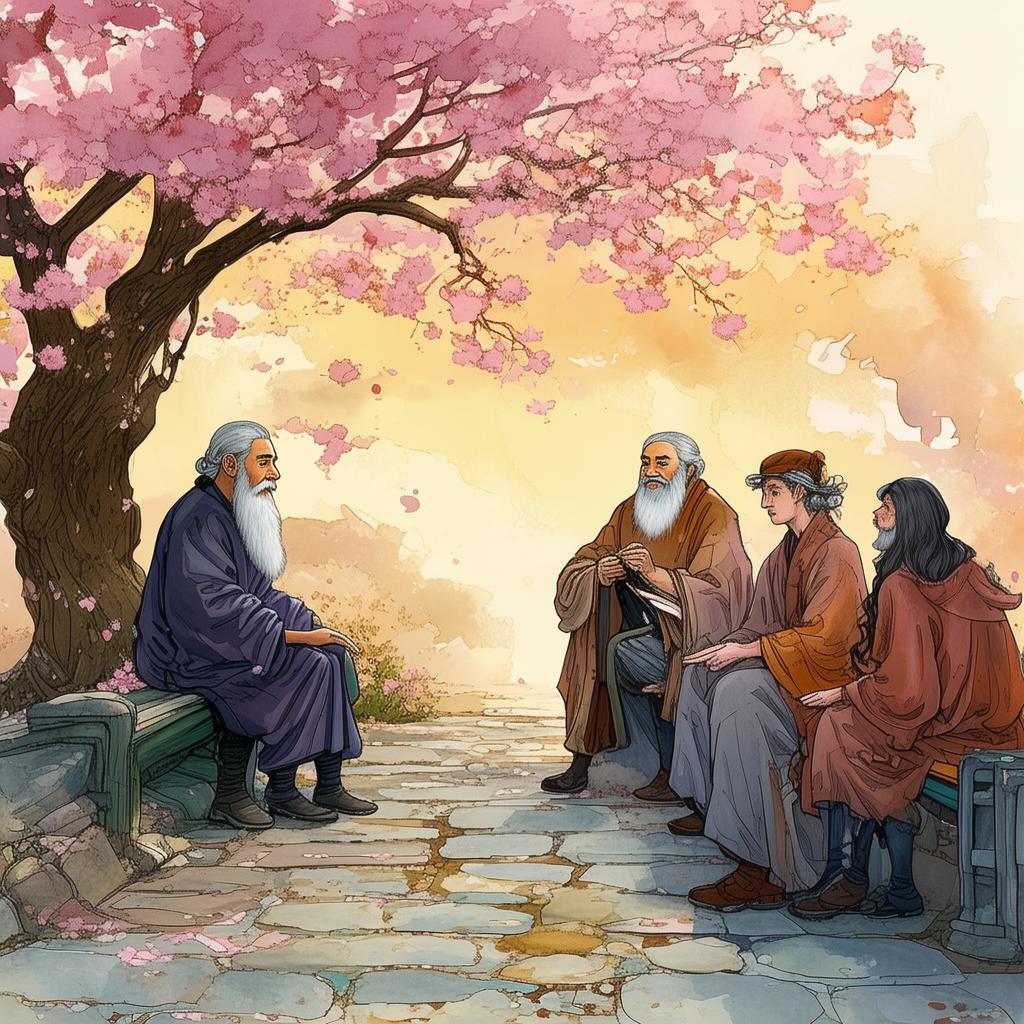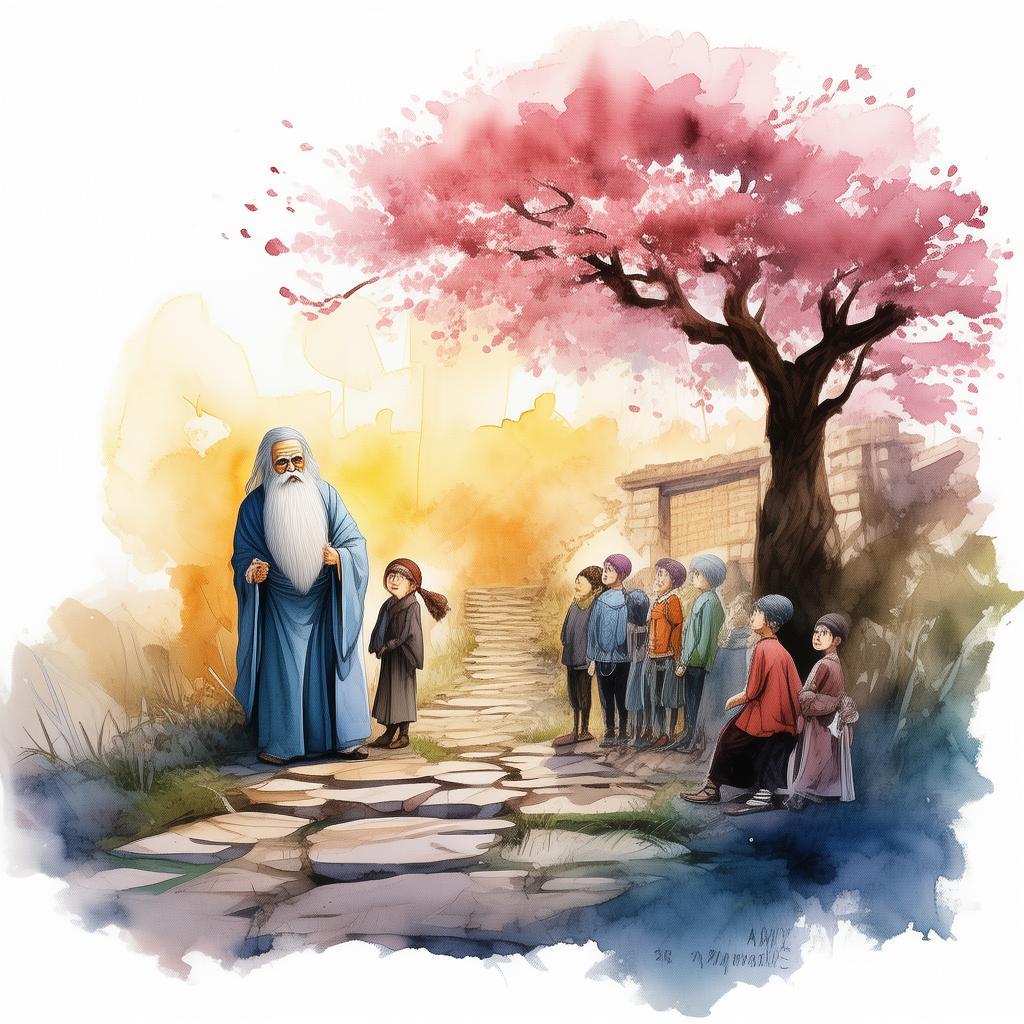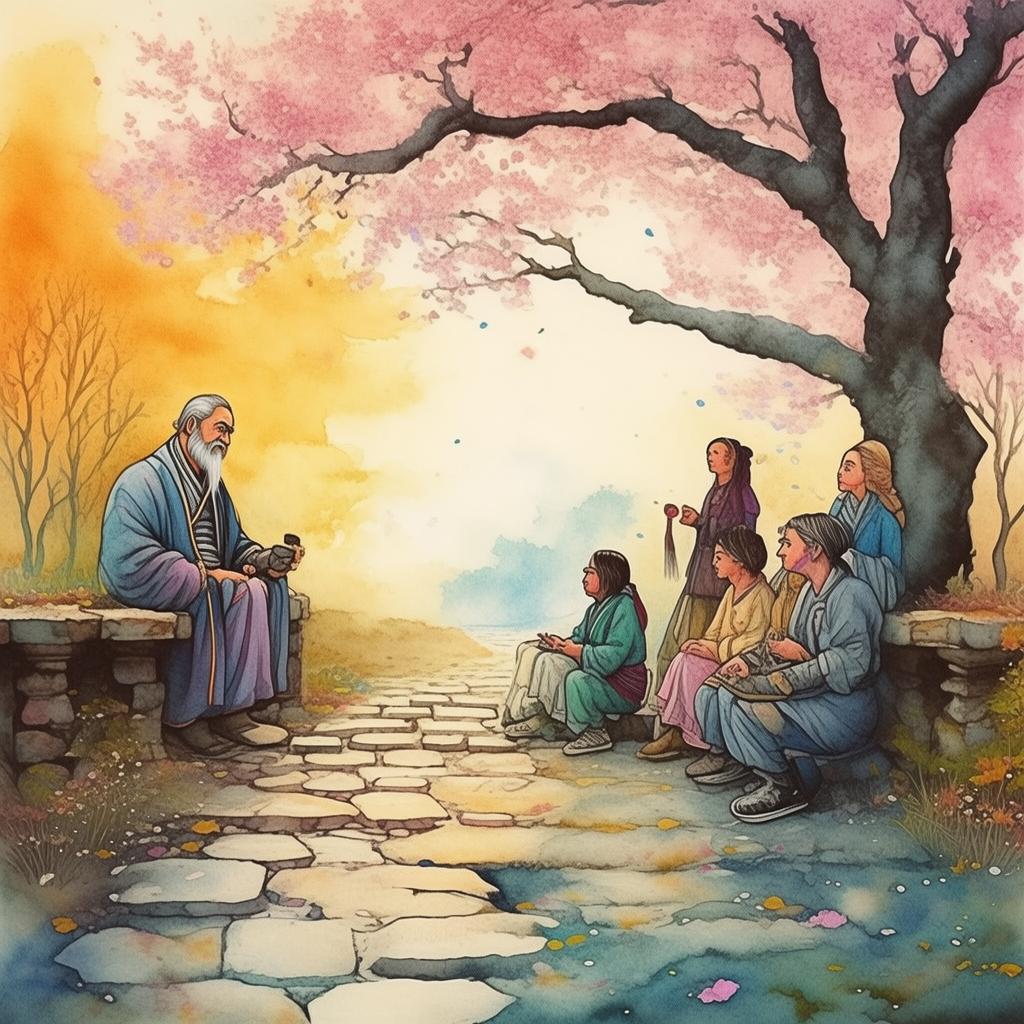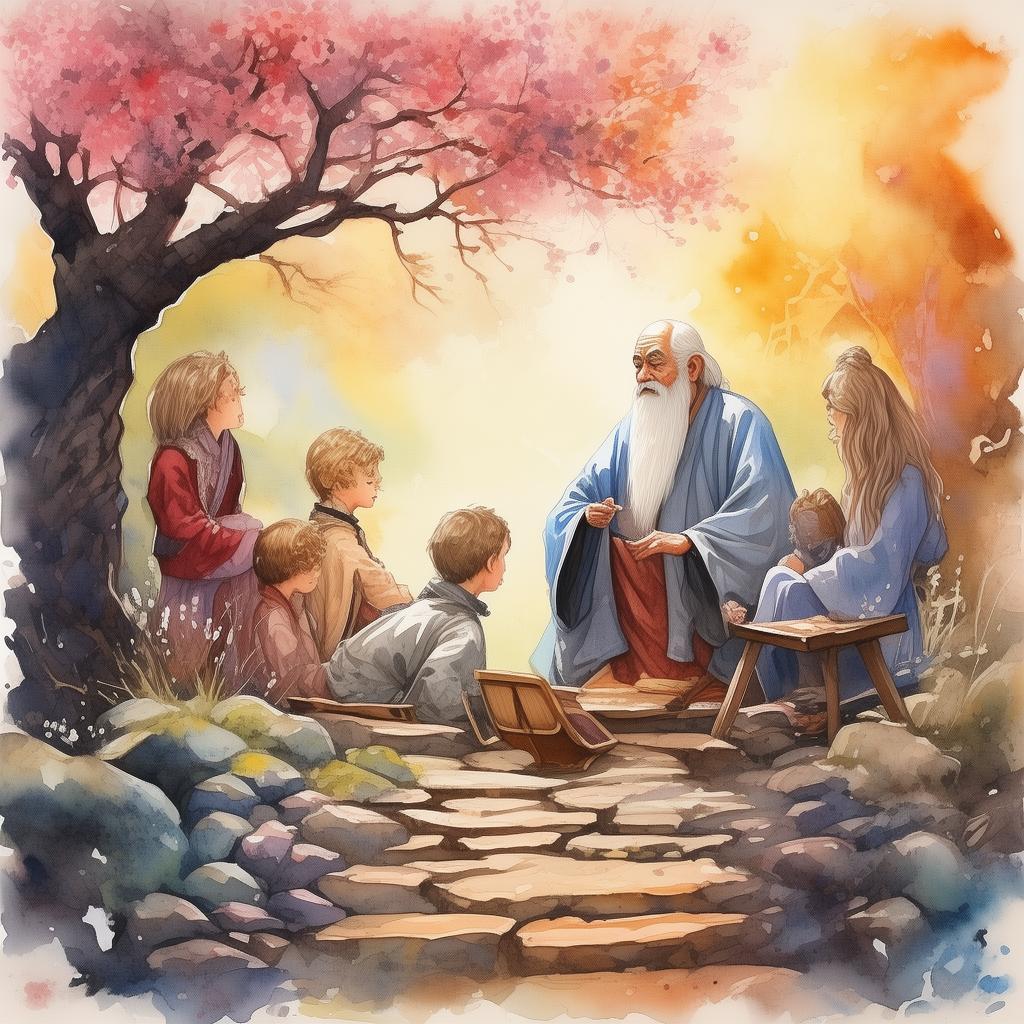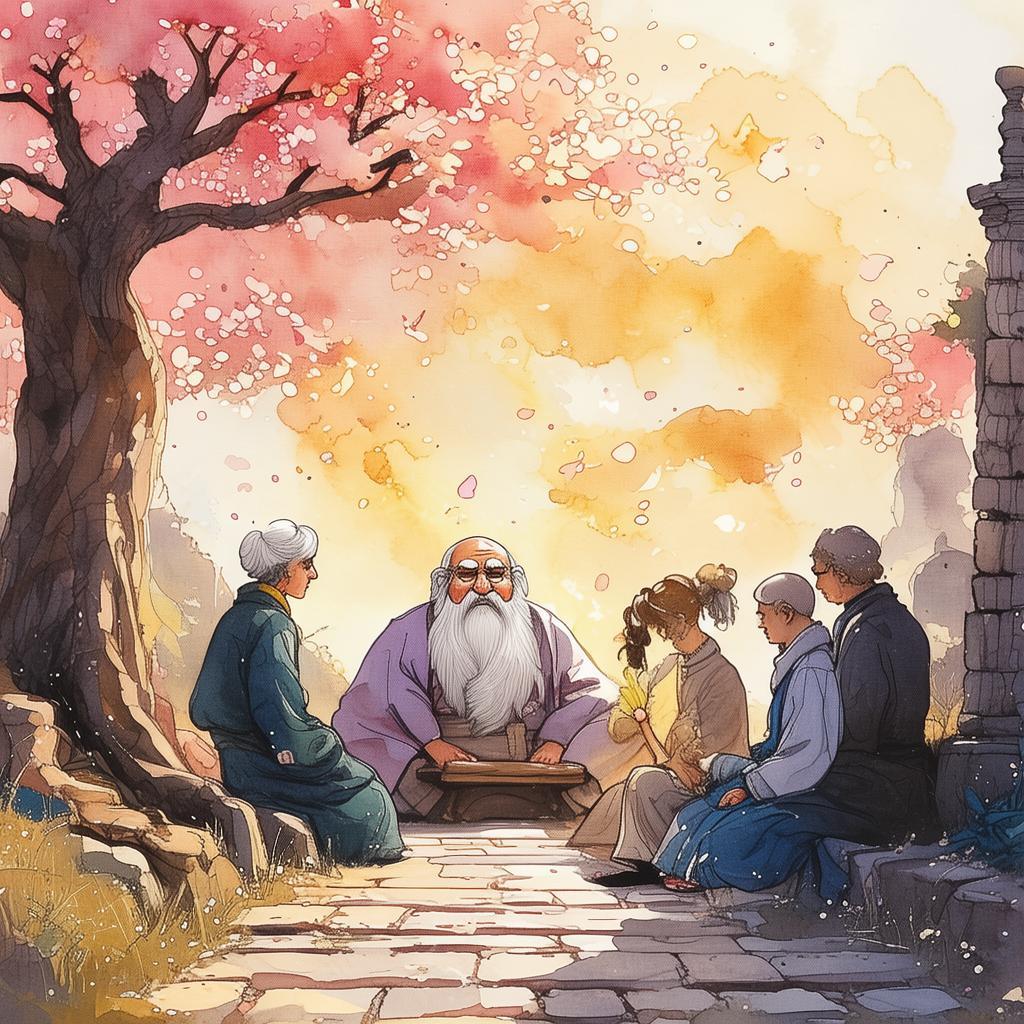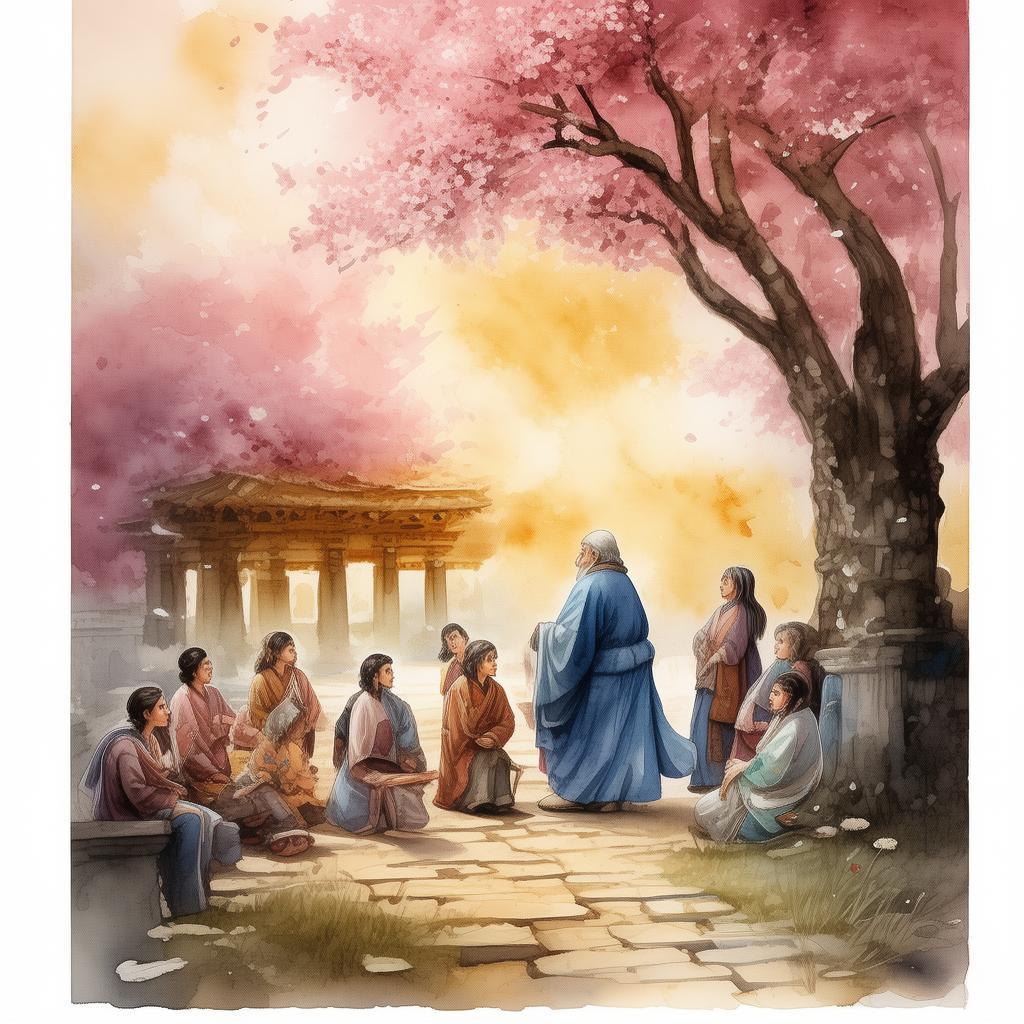The Dragon's Lament: A Symphony of Desolation
In the heart of the ancient kingdom of Aetheria, where the sky was painted with strokes of emerald and azure, there existed a creature of such awe and majesty that it was whispered to be the embodiment of the heavens themselves. This was the Dragon of Aetheria, a creature of scales that shimmered like the morning sun and eyes that held the wisdom of ages.
The Dragon of Aetheria was no ordinary being; it was a guardian, a protector, and a symbol of the kingdom's strength and unity. Yet, as the years passed, a shadow crept over the land, and the once vibrant kingdom found itself in the grip of a terrible drought that withered the crops and dried up the rivers.
The Dragon, sensing the plight of its people, sought to aid them, but its efforts proved futile. Its tears, when shed, did not quench the thirst of the earth, and its roar could not drive away the shadows that seemed to follow the kingdom wherever it went.
In the depths of the ancient forest, where the trees whispered secrets to the wind, the Dragon found a secluded cave. It was within this cavern, far from the eyes of men, that the Dragon began to play its lute—a lute made from the bones of the ancient dragons that had once roamed the skies.
The notes that emerged from the lute were not of joy or victory, but of despair and sorrow. Each string plucked brought forth a note that seemed to echo the Dragon's own heartache. The melody was a symphony of desolation, a dirge that spoke of the Dragon's loneliness and the kingdom's suffering.
As the Dragon played, the notes seemed to weave themselves into the very fabric of the world, intertwining with the very essence of the kingdom's fate. The melodies reached the ears of the people, who, hearing the Dragon's lament, wept for their lost kingdom and their desolate land.
The king, a wise and compassionate ruler, heard the Dragon's symphony and sought to understand its meaning. He traveled to the forest, seeking the Dragon, and upon finding it, asked, "Great Dragon, why do you play such a sad melody?"
The Dragon, looking into the king's eyes, replied, "My sorrow is not for myself, but for you and your people. I see the pain that you endure, and I play to remind you that even in the darkest times, there is hope."
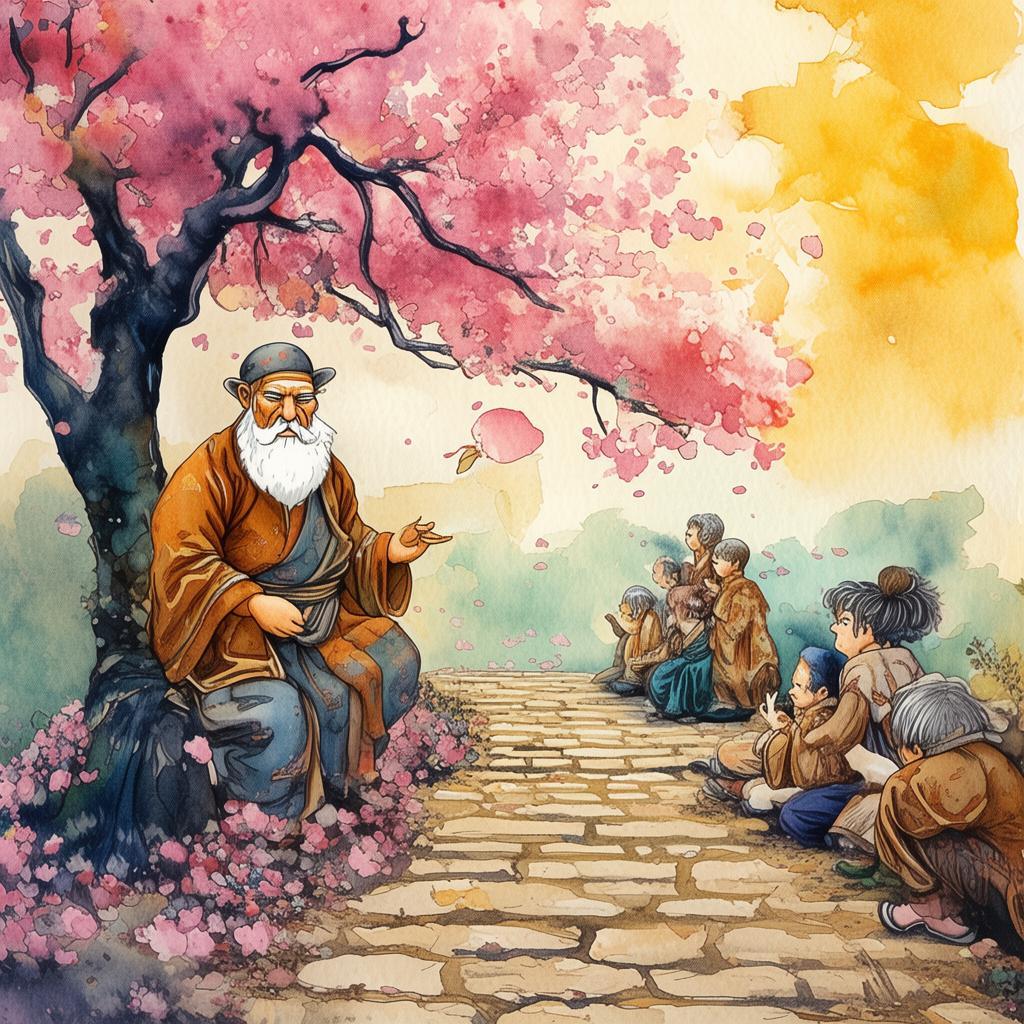
The king, moved by the Dragon's words, returned to his kingdom, determined to find a way to bring life back to Aetheria. He called upon his people, encouraging them to work together and to find solutions to their problems.
The Dragon's symphony had not only moved the king but had also inspired the people to action. They cleared the land, planted new crops, and built structures to hold back the rivers when they returned. Slowly, the kingdom began to recover, and the people felt a renewed sense of hope and purpose.
The Dragon, realizing the impact of its symphony, continued to play, but its melodies began to change. They still held a note of sadness, but they were tinged with the harmony of change and the promise of new beginnings. The Dragon's lute played a melody that spoke of resilience and the eternal cycle of life and death.
As the kingdom thrived once more, the Dragon's symphony became a legend, a tale of tragedy and hope that was told to generations. The Dragon of Aetheria, once the embodiment of the kingdom's strength, was now also a symbol of its ability to endure and to rise from the ashes of despair.
And so, the kingdom of Aetheria lived on, a testament to the power of music, the strength of its people, and the enduring legacy of the Dragon's Sad Symphony of Sorrow.
✨ Original Statement ✨
All articles published on this website (including but not limited to text, images, videos, and other content) are original or authorized for reposting and are protected by relevant laws. Without the explicit written permission of this website, no individual or organization may copy, modify, repost, or use the content for commercial purposes.
If you need to quote or cooperate, please contact this site for authorization. We reserve the right to pursue legal responsibility for any unauthorized use.
Hereby declared.
